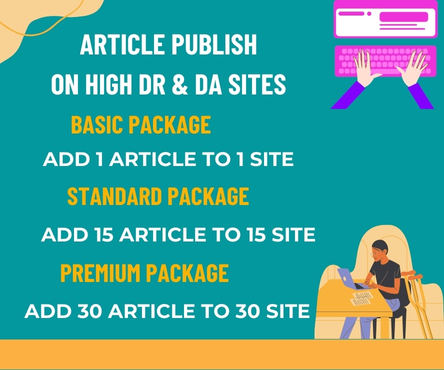In today’s digitally driven world, having a robust online presence is crucial for businesses to thrive. The digital divide, a term coined to describe the gap between those who have access to digital technologies and those who do not, has significant implications for businesses. In this article, we will explore how online digital marketing can either make or break a business, highlighting the importance of bridging the digital divide.
The Rise of Digital Marketing
The advent of the internet and social media has revolutionized the way businesses interact with customers. Online marketing has become an essential tool for businesses to reach a wider audience, increase brand awareness, and drive sales. According to a report by Hootsuite, there are over 4.2 billion active internet users worldwide, presenting a vast opportunity for businesses to connect with potential customers.
The Consequences of Being Left Behind
However, not all businesses have been able to capitalize on the digital revolution. Many small and medium-sized enterprises (SMEs) lack the resources and expertise to develop an effective online marketing strategy. As a result, they risk being left behind by their competitors who have successfully bridged the digital divide.
A study by the Federation of Small Businesses found that over 50% of SMEs in the UK do not have a website, while a significant proportion of those that do have a website fail to utilize social media effectively. This lack of online presence can have severe consequences, including:
- Reduced visibility and credibility
- Decreased customer engagement and loyalty
- Missed opportunities for sales and revenue growth
- Difficulty competing with larger, more digitally savvy businesses
Bridging the Digital Divide
So, how can businesses bridge the digital divide and ensure they are not left behind? Here are some key strategies:
- Develop a robust online presence: Invest in a professional website and social media profiles to increase visibility and credibility.
- Create engaging content: Produce high-quality, relevant content that resonates with your target audience and encourages sharing and engagement.
- Utilize search engine optimization (SEO): Optimize your website and content to rank higher in search engine results pages (SERPs) and increase organic traffic.
- Leverage social media advertising: Use targeted social media ads to reach new audiences, drive website traffic, and generate leads.
- Monitor and measure performance: Track key metrics, such as website analytics and social media engagement, to refine your online marketing strategy and improve ROI.
Conclusion
The digital divide is a stark reality for businesses in today’s digital age. Those that fail to develop an effective online marketing strategy risk being left behind by their competitors. By bridging the digital divide and investing in a robust online presence, businesses can increase visibility, drive sales, and ultimately, achieve success. Remember, in the digital world, being online is not just an option – it’s a necessity.

